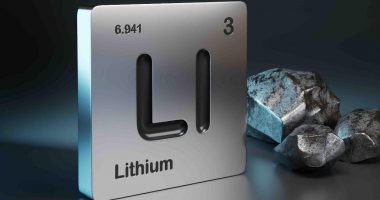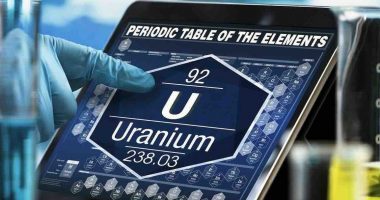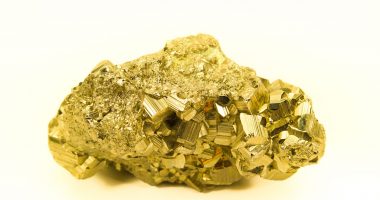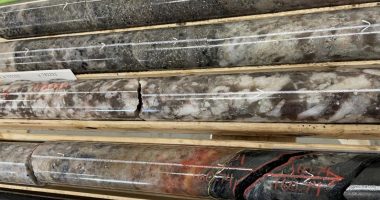- Dreadnought Resources (DRE) has identified a significant gold-in-soil anomaly at its Rocky Dam Gold-VMS Project in Western Australia
- Rocky Dam has been exposed to limited exploration and was last significantly explored in the 1990s
- This new anomaly, which spans 800 metres in length, has gold grades of more than 50 parts per billion
- It remains open at length and depth and will be drilled further in upcoming programs
- Dreadnought has ended the day up a strong 50 per cent, with shares trading for 0.5 cents each
Dreadnought Resources (DRE) has identified a significant gold-in-soil anomaly at its Rocky Dam Gold-VMS Project in Western Australia.
This program aimed to identify, locate and confirm historical gold anomalism and also outline a drill target for an upcoming program.
“The soils survey has successfully defined a strong soil anomaly at Rocky Dam,” Managing Director Dean Tuck commented.
“Historical shallow RAB (rotary air blast) drilling in the 1990s generated a compelling gold anomaly which remains open and untested at depth,” he said.
“Unfortunately, all surface and reported evidence of the exact locations of this historical work has been lost to time. Accordingly, Dreadnought undertook a detailed soil survey over the approximate area of the historical work to generate an anomaly for reverse circulation drilling,” Dean added.
Dreadnought’s Rocky Dam Project is located 45 kilometres east of Kalgoorlie and is prospective for gold and copper-zinc VMS (volcanogenic massive sulphide) mineralisation.
The most recent exploration was completed in the 1990s by CRA.
Through shallow RAB drilling and diamond drilling, a 700-metre long gold anomaly was found.
A soil survey was then undertaken over the areas that Dreadnought believed to be the most prospective.
This survey intersected an 800-metre long gold-in-soil anomaly that returned gold of more than 50 parts per billion and a 250-by-150-metre anomaly with more than 100 parts per billion gold.
These results provided the location of a historic anomaly and outlined the data required for reverse circulation drilling to test even further.
This anomaly is open along strike and is untested at depth.
As a result of COVID-19 and restrictions, some results from drilling at Dreadnought’s other projects are expected in late May or early April.
Dreadnought has ended the day up a strong 50 per cent with shares trading for 0.5 cents each in a $5.3 million market cap.







